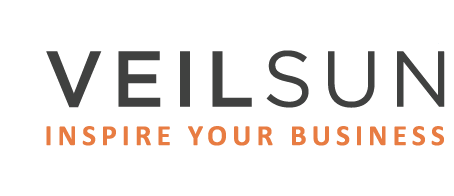We’re excited to jump right in to part 3 of our talk, “Building a Better Death Star,” given at EMPOWER 201

8. We’re following up to part 2, Imperial Best Practices: Managing Projects and Resources with this entry about scheduling from a project management standpoint. But we’ll skip the fancy intros—when you’re trying to crush the rebellion, time is of the essence.
Before we jump in, we would like to share a quick thought to level set what exactly “scheduling” means. It’s a very broad term that depends on the organization and industry. For some, it could mean managing a calendar of events. For others, it’s good old-fashioned dependencies, like gantt charts and the like. And for others, it means pull planning and relying on very collaborative, lean planning processes. No matter your definition, we’d like to present six considerations that go into proper scheduling.
- Knowing what the timeline is of what you're trying to accomplish
- Knowing your resources (people and equipment)
- Knowing availability of your resources
- Knowing the skills of your resources (what they are for, who is best at what)
- Knowing the location of those resources
- Knowing what your future pipeline looks for in terms of work to complete
It’s clear that scheduling can be very complex, and almost impossible, if you don't have all of those pieces in a place to look and view them together. That’s why you need a visualization tool of some sort. It could be as simple as whiteboards or sticky notes. Or, you could discover a tool that not only helps you see what’s happening, it empowers your entire team. You could trust Quick Base.
At its core, Quick Base brings all your pieces together in one place to help you make good project decisions without over-taxing resources. As a flexible RAD platform, it lets you build your scheduling process the way you need it to be. That means you’re able to fulfill the promises you’ve made to clients and customers.
Our biggest advice? Take all six elements above, think about how you do them now, and then think of how you can do them all within Quick Base. If you need help, we're here for you. We’ve found ways to extend Quick Base to create visually appealing scheduling interfaces that are drag and drop, making all of those elements easier to consider. You can find these interfaces in our QScheduler and QGannt apps, giving you full lean planning and pull planning capabilities.
As you evaluate your needs, you might find yourself on one of two paths. One, you might have never used Quick Base, but are finding scheduling is a big chunk of a larger project. Or two, you might have gone into Quick Base and realized you have the six elements but are still having difficulty visualizing the easiest way for you to make decisions and make a schedule. Either way, we can help.
And a special note for those of you in the construction industry. VeilSun understands that these considerations are extremely key because you live and die by the schedule, making it the top initiative for your business outside of safety management. Plus, we know you have very small margins, so effective scheduling is key to protecting them. Our tools can push your schedule out so it's accessible to the field, helping your construction operation stay in the know.
That covers it for part 3. Be on the lookout for part 4 coming up next month!









